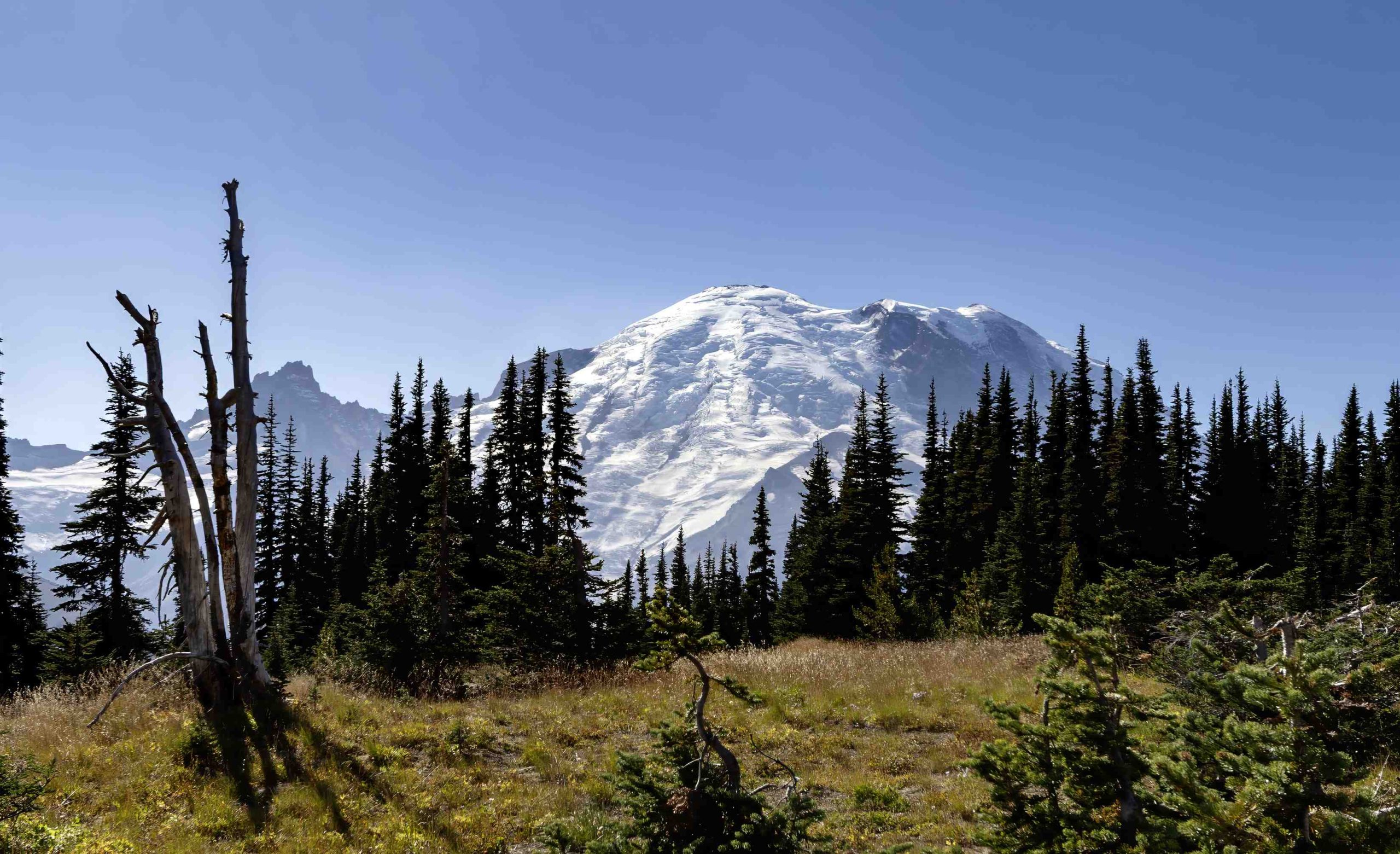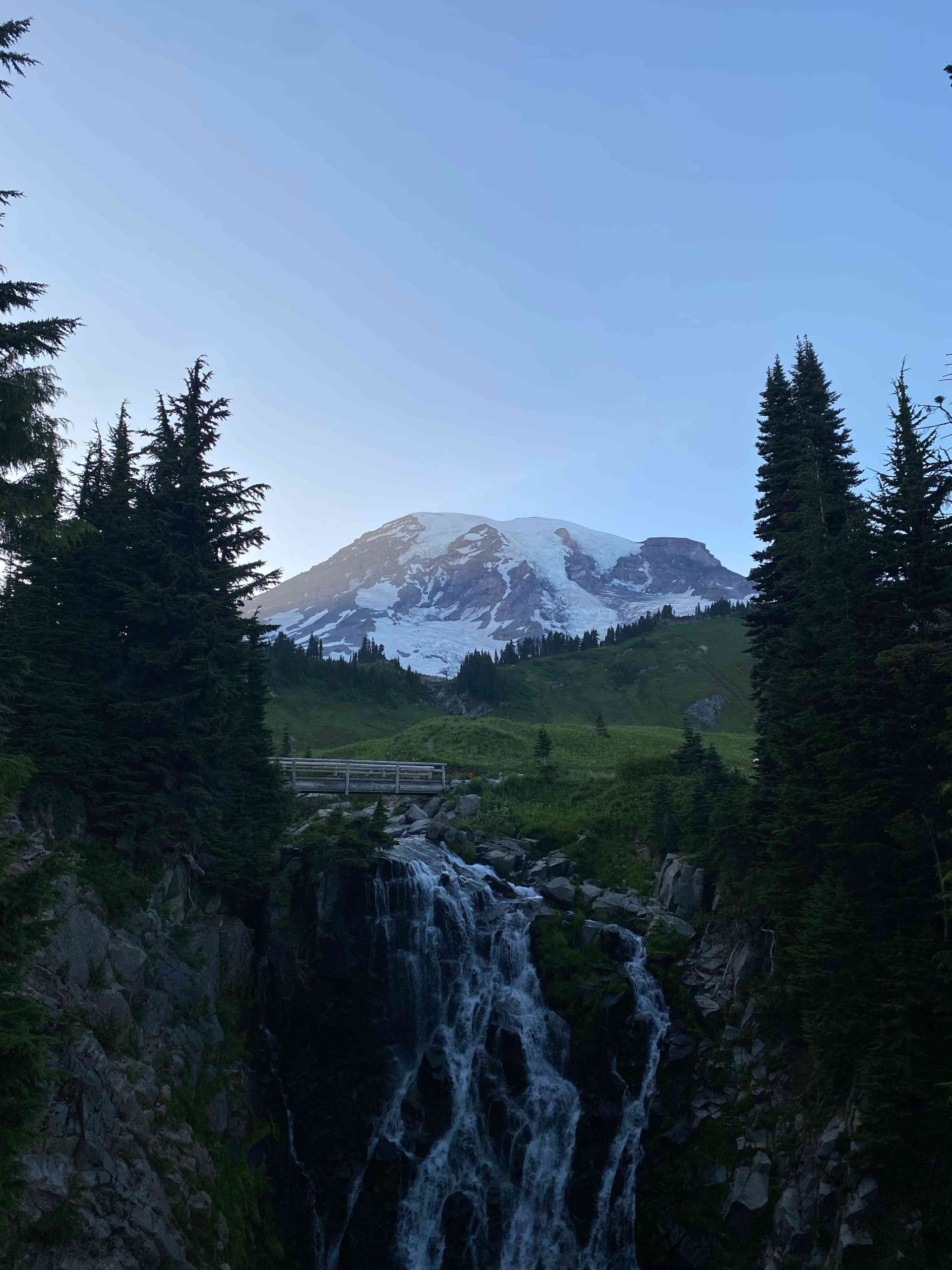Climbing Mount Rainier in the smoke presents unique challenges for adventurers. Reduced visibility, air quality concerns, and potential health risks require careful planning and preparation. This guide provides essential information on current smoke conditions, air quality indices, visibility challenges, route selection strategies, safety tips, and health considerations for climbers attempting to summit Mount Rainier during smoky conditions. Understanding these factors is crucial for a safe and successful ascent of this iconic peak.
What Are the Current Smoke Conditions and Air Quality on Mount Rainier?

The air quality around Mount Rainier can vary significantly, with recent readings showing fair to excellent Air Quality Index (AQI) for particulate matter. However, visibility impairment at Mount Rainier National Park is among the highest of all monitored sites in the western United States. Here’s a breakdown of key air quality factors:
- Particulate Matter (PM10 and PM2.5): Generally fair, but can fluctuate
- Ozone Levels: Can be high, especially at Paradise (5,400 feet)
- Visibility: Significantly impacted by smoke and pollutants
It’s crucial for climbers to check the latest air quality data before attempting an ascent. The National Park Service’s air quality monitoring program and the IMPROVE (Interagency Monitoring of Protected Visual Environments) website provide up-to-date information.
How Does Smoke Affect Visibility and Route Selection?

Smoke can dramatically impact visibility on Mount Rainier, affecting route selection and overall climbing safety. Consider these factors:
- Visibility Drop Altitudes: Smoke can reduce visibility at various elevations, including:
- Paradise (5,400 feet)
- Camp Muir (10,188 feet)
-
Summit (14,411 feet)
-
Route Considerations:
- Choose routes that minimize exposure to areas with poor visibility
- Utilize photographic documentation and visibility monitoring data
-
Be prepared for sudden changes in visibility due to shifting smoke patterns
-
Navigation Challenges:
- Smoke can obscure landmarks and trail markers
- Whiteout conditions may occur, especially near the summit
What Essential Safety Tips Should Climbers Follow in Smoky Conditions?
When climbing Mount Rainier in the smoke, safety should be your top priority. Here are crucial tips to follow:
- Gear Recommendations:
- GPS devices
- Compasses
- Headlamps with extra batteries
-
Communication devices (satellite phones or emergency beacons)
-
Emergency Protocols:
- Develop a detailed emergency plan
- Know the signs of smoke-related health issues
-
Be prepared for sudden weather changes and reduced visibility
-
Navigation Skills:
- Practice using navigation tools in low-visibility conditions
-
Familiarize yourself with the route using maps and GPS waypoints
-
Team Communication:
- Establish clear communication protocols with your climbing team
- Use radios or other devices to maintain contact in case of separation
How Does Smoke Impact Air Quality and Climber Health?
Smoke from wildfires can significantly affect air quality on Mount Rainier, posing various health risks to climbers. Understanding these impacts is crucial for a safe ascent:
| Health Effect | Description | Preventive Measures |
|---|---|---|
| Eye and Throat Irritation | Common in smoky conditions | Wear protective goggles, use saline eye drops |
| Coughing and Difficulty Breathing | Can be severe at higher altitudes | Use N95 masks, take frequent breaks |
| Aggravated Asthma | Pre-existing conditions may worsen | Carry inhalers, consult doctor before climbing |
| Cardiovascular Stress | Increased risk at high altitudes | Monitor heart rate, stay hydrated |
Climbers should:
– Use air quality monitoring tools before and during the climb
– Be aware of personal health limitations
– Turn back if symptoms become severe
What Are the Altitude Thresholds for Increased Smoke and Visibility Issues?
Understanding the altitude thresholds where smoke and visibility issues intensify is crucial for climbers:
- Lower Elevations (2,000-5,000 feet):
- Smoke can settle in valleys, reducing visibility
-
Air quality may be poor due to trapped pollutants
-
Mid-Mountain (5,000-10,000 feet):
- Visibility can improve above the smoke layer
-
Ozone levels may be higher, especially at Paradise (5,400 feet)
-
High Altitude (10,000+ feet):
- Strong winds can clear smoke but also create whiteout conditions
- Reduced oxygen levels compound the effects of poor air quality
Climbers should adjust their plans based on these altitude-specific challenges and be prepared for rapid changes in conditions.
How Can Climbers Prepare for Changing Smoke Conditions?
Preparing for dynamic smoke conditions on Mount Rainier requires a multi-faceted approach:
- Pre-Climb Research:
- Monitor air quality forecasts for several days before the climb
-
Check webcams and visibility reports from various elevations
-
Flexible Itinerary:
- Plan alternative routes or bail-out points
-
Be willing to postpone or cancel if conditions are unsafe
-
Adaptive Gear:
- Bring layered clothing to adjust for temperature and air quality changes
-
Carry both sunglasses and clear goggles for varying visibility conditions
-
Health Preparations:
- Consult with a doctor about potential smoke exposure risks
-
Bring any necessary medications, including those for respiratory issues
-
Training:
- Practice climbing in low-visibility conditions if possible
- Improve cardiovascular fitness to better handle potential respiratory stress
By thoroughly preparing and staying informed, climbers can maximize their chances of a safe and successful ascent of Mount Rainier, even in smoky conditions.
